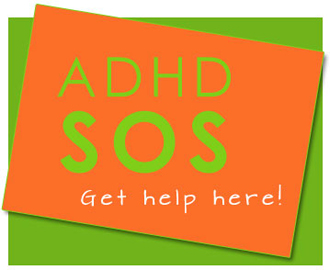 Helping your child manage anger is often one of the hardest—and best—things we can do as parents. The first thing to recognize is that anger is a clear symptom of the presence of deeper emotions such as frustration, disappointment, fear, and pain. If we as parents acknowledge and name these underlying feelings for our children, their anger should start to dissipate.
Helping your child manage anger is often one of the hardest—and best—things we can do as parents. The first thing to recognize is that anger is a clear symptom of the presence of deeper emotions such as frustration, disappointment, fear, and pain. If we as parents acknowledge and name these underlying feelings for our children, their anger should start to dissipate.
Say something like, “I can see that you feel sad that your brother broke your toy.” Hearing the root cause of the anger expressed outright is soothing and will help your child be able to identify and name where the emotion is coming from.
Recognize, too, that anger is a natural emotion and isn’t itself a problem. What is a problem, however, is when it’s expressed inappropriately. If your child is throwing a tantrum, it’s your job to stay calm and speak rationally, setting limits and boundaries: “I can see how angry you are and that’s OK, but you can’t hit people or break things when you feel this way.” Don’t forbid the feeling but do reiterate rules.
Along the same lines, don’t yell at a child who is feeling anger. Being yelled at reinforces his feeling of being in danger, makes him feel less safe, and does nothing to restore the calm for either of you. If you yell, you’re essentially telling your child that yelling is acceptable behavior (it’s not), as well as communicating that anger is a feeling that needs to be responded to in a scary manner.
Instead, when you notice cues that your child is getting upset, stay with her and help her work through her feelings: offer a hug, ask if she wants to leave the situation (if possible), suggest taking a few deep breaths, and make sure she doesn’t feel alone. It’s important to consistently model good behavior: if children see adults handling anger in a healthy way, they’ll learn to do the same. Avoid blaming your children for what they’re feeling, and avoid “time outs” during which you send a child away to be by himself. A much better approach is to let her know you’re there with her, grant permission to feel her feelings and to cry, and make her feel safe expressing her uncomfortable feelings by paying attention to and acknowledging them.
You can also teach your child to notice when she’s getting worked up: If a child knows that increased heart rate, breathing, and an adrenaline rush means that anger is on its way, he’ll be more empowered to manage the emotion before it hits full force. Teach him relaxation techniques that he can do when he senses these cues: breathing, drawing, walking away—whatever works best for him.
To prevent future tantrums, show your child that there are positive ways to express anger. This includes teaching her to control angry impulses and helping her find a solution to problems in the moment, whether it’s asking a sibling to apologize, promising to try to fix the toy, or simply communicating calmly what she’s feeling.



